One of the keys to effectively lighting a room is to focus on providing enough light for the multiple tasks that take place in that space. Oftentimes, people mistakenly try to achieve this with a single light. Sometimes, people rely on a single fixture to do the impossible and provide enough light output to cover all of the things that take place in an area. Instead, when planning your lighting, it is important to layer with multiple types of light fixtures. Doing this can both brighten your space and create warmth. In addition to offering utility, layered lighting can also be quite beautiful. There are so many types of lighting. The addition of decorative lighting in the form of pendants, wall sconces, and various accent lighting can be aesthetically appealing and create a cohesive feel in your home. Here are some tips on how to layer lighting in a room.
As you read, please see our recommended Golden Lighting products by clicking the associated images in this text. Clicking through will allow you to see details about our products, find additional silhouettes and identify the alternate sizes offered within the same featured collection.
Creating a Base Layer with Ambient Lighting
Ambient lighting acts as the general point of illumination and function. This type of lighting allows you to perform basic activities and helps you avoid running into objects on the floor. Essentially think of ceiling lights, otherwise known as overhead lights. Central junction boxes in a room become the typical location for these types of lights, however, in-set lights such as recessed lights are also considered ambient lights. Please note that this type of ambient lighting is costly to install if not already existing within the space.
Click on the image to view 1019-39 BLK
Homeowners typically opt for decorative fixtures such as chandeliers and pendants, or even tracklights to act as their first layer of ambient lights. In hallways or areas with low ceilings, use light fixtures like semi-flushes or flushmounts. However, depending on the output of the light fixture and/or the strength of light diffusion, supplemental lighting in the form of additional layers may be needed.
How To Select Ambient Lighting
When considering ambient lighting understand that the light chosen will set the overall tone for the room. Decide on whether the room could benefit from fewer or additional layers of light.
To understand how many lights to place in a room consider the following:
- The size of the space
- The number corners or walls
- The size and layout of the furniture
This will help you determine if you should use an ambient light fixture that offers widespread light for less layers in a room, or if you should combine multiple fixtures for more layers of light.
Consider utilizing a dimmable fixture and bulbs. This will allow you to control the level of brightness, adjust the light for specific tasks, and reduce glare as needed.
Golden Lighting Chandeliers
Golden Lighting Medium to Large Multi-Light Pendants
Adding a Secondary Layer with Task Lighting
Task lighting refers to a more precise functional aspect, otherwise known as directional lighting. This is more specialized in its utility than the base layer.

While you mainly see task lighting applied in kitchens, this type of lighting layer can be applied in many areas of the home. Task lighting can be identified as any light source that helps illuminate for a specific function, such as under cabinet lighting, kitchen island or prep area pendants, table lamps, reading nook lights, and vanity lights. You can see from the picture shown above that this type of directional light only casts light in a specific direction. This type of lighting is essential to achieving layered lighting. However, when left as the only source of lighting, bright light fails to reach every corner of the room.
Golden Lighting Single Light Pendants
Golden Lighting Track Lights
Finishing with Accent Lighting
Accent lighting acts as the final polishing layer. In this final layer we want to utilize beautiful lighting in two ways:
- To highlight unique features or objects within the space
- To finish illuminating any remaining dark spots
Homeowners often use accent lighting fixtures within glass armoires, above paintings and photos, and in conjunction with LED tape along hallways and stairs. Another example of accent lighting can refer to the addition of wall sconces or decorative chandeliers within kitchens, halls, boudoirs, and/or bathrooms to add drama and visual interest.

If you are opting for more layers of light in a room, be sure not to crowd the space with fixtures. Stick to similar styles to provide stylistic cohesion. Be sure to also check out our blog about the proper placement of fixtures.



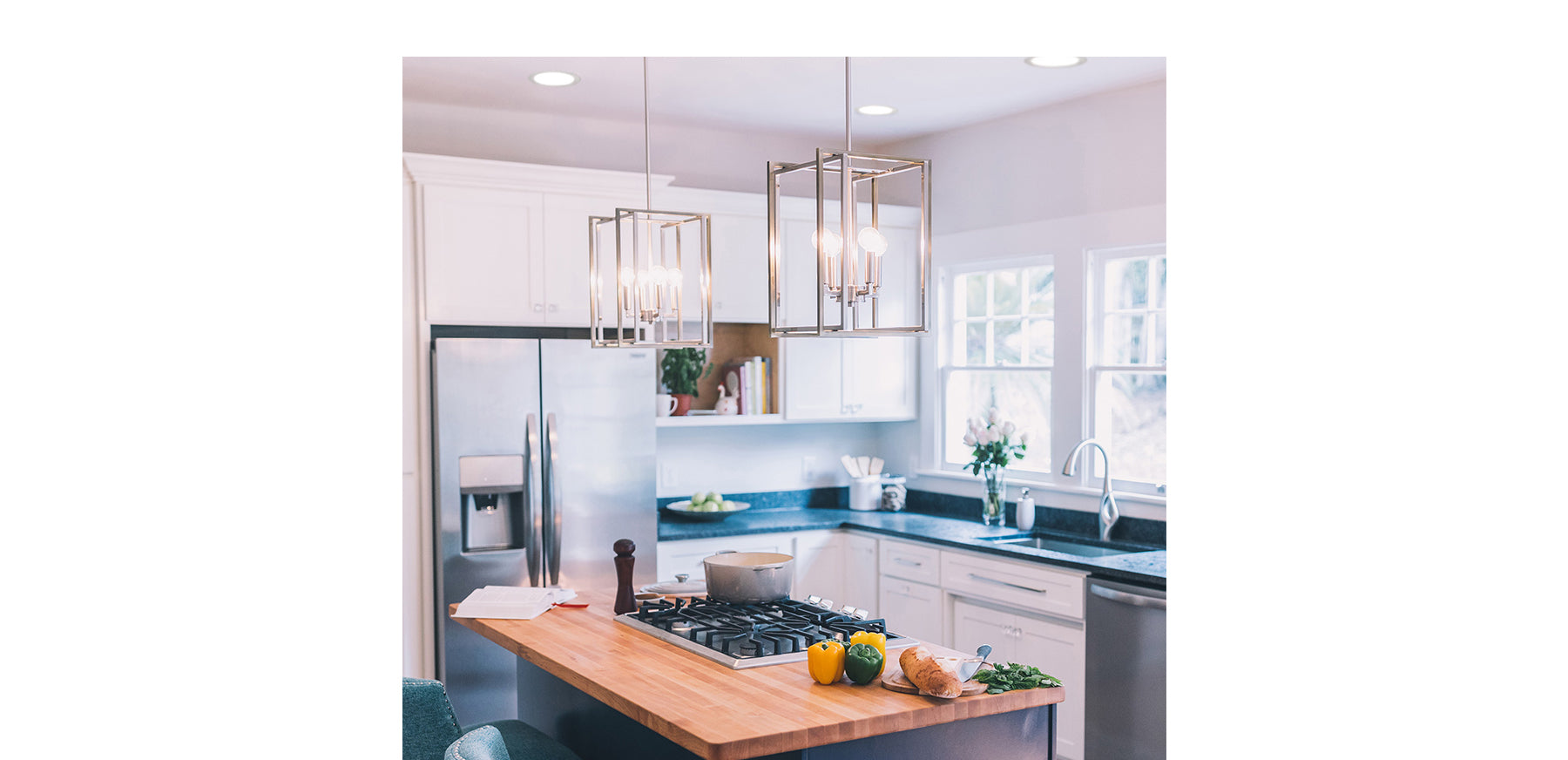















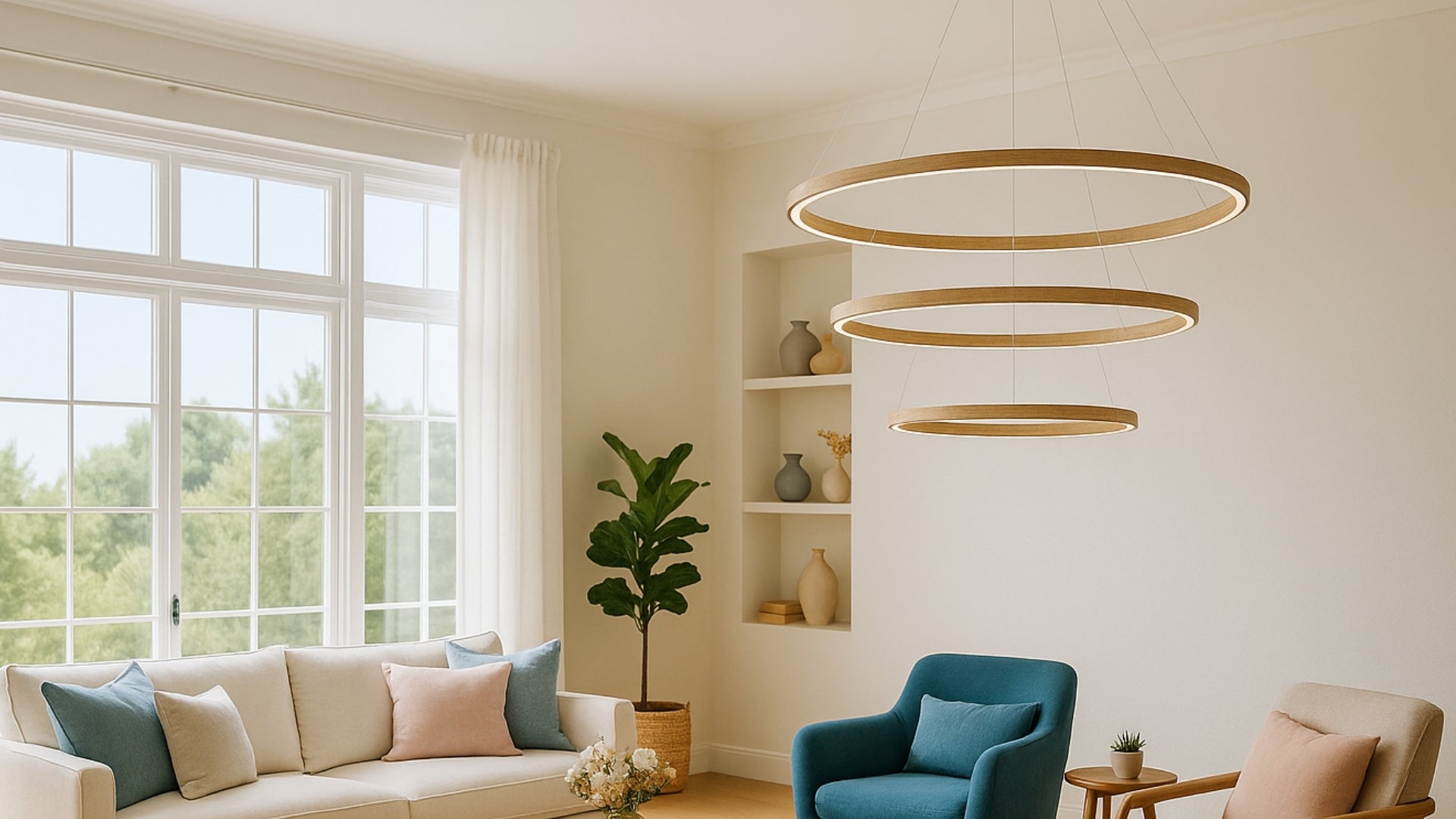

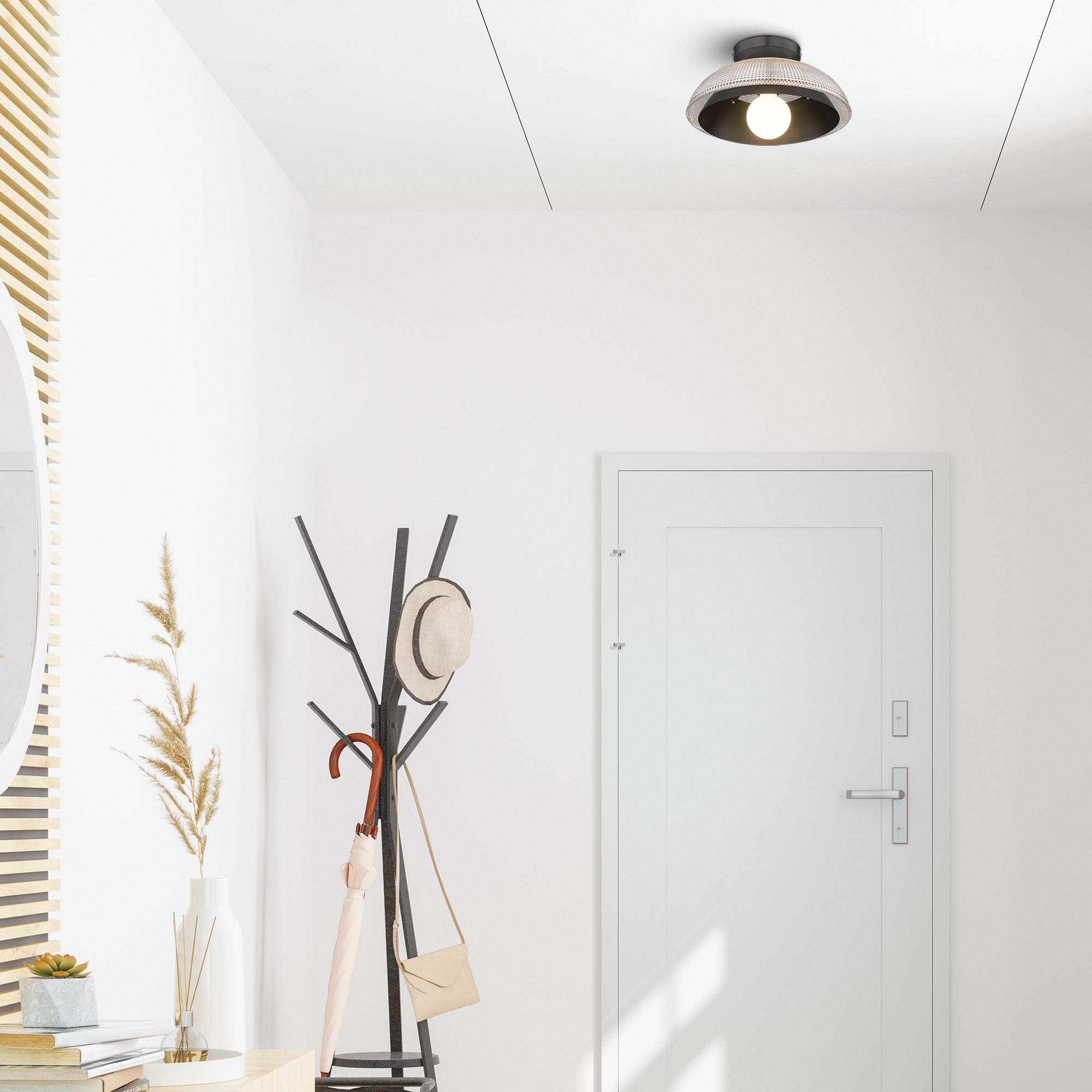


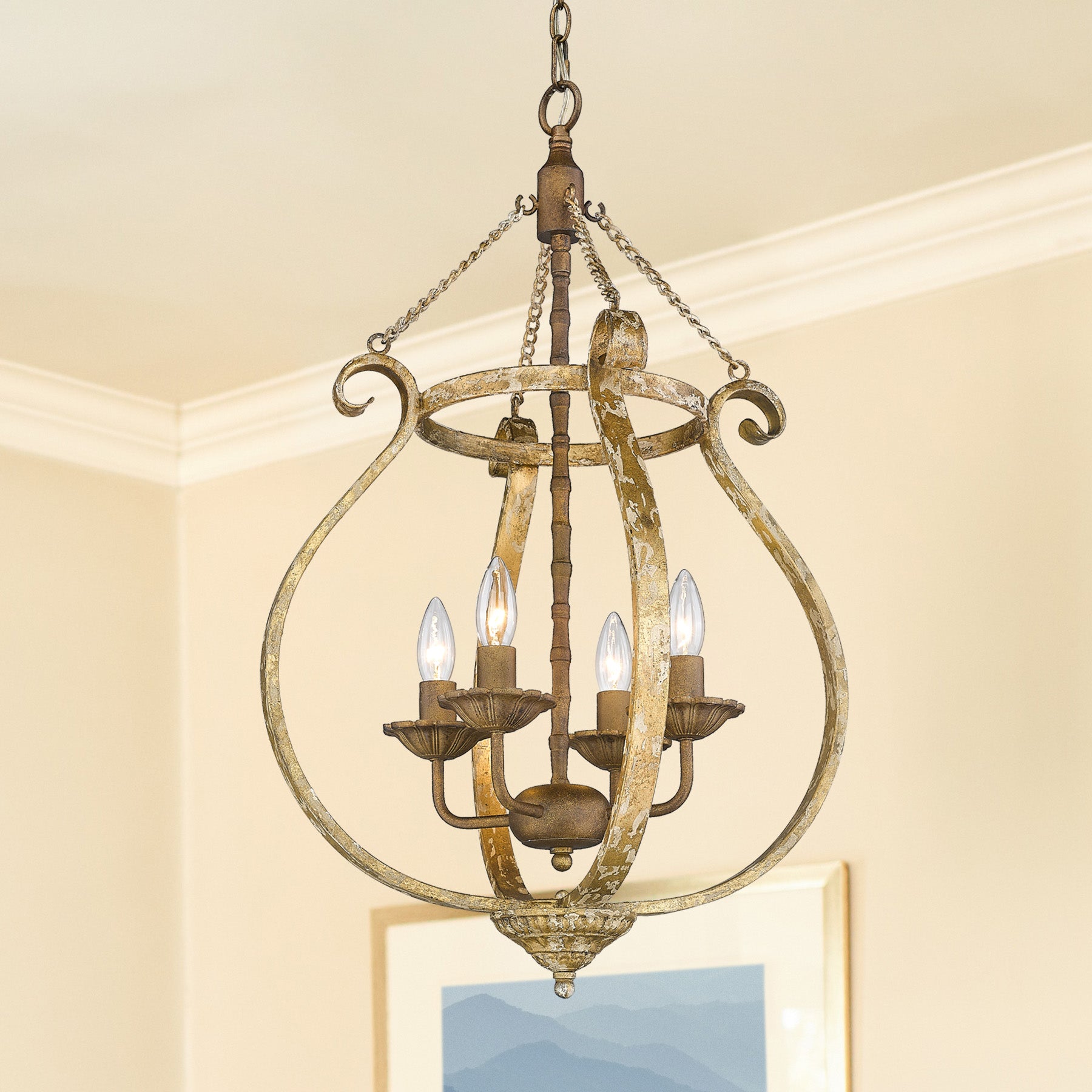


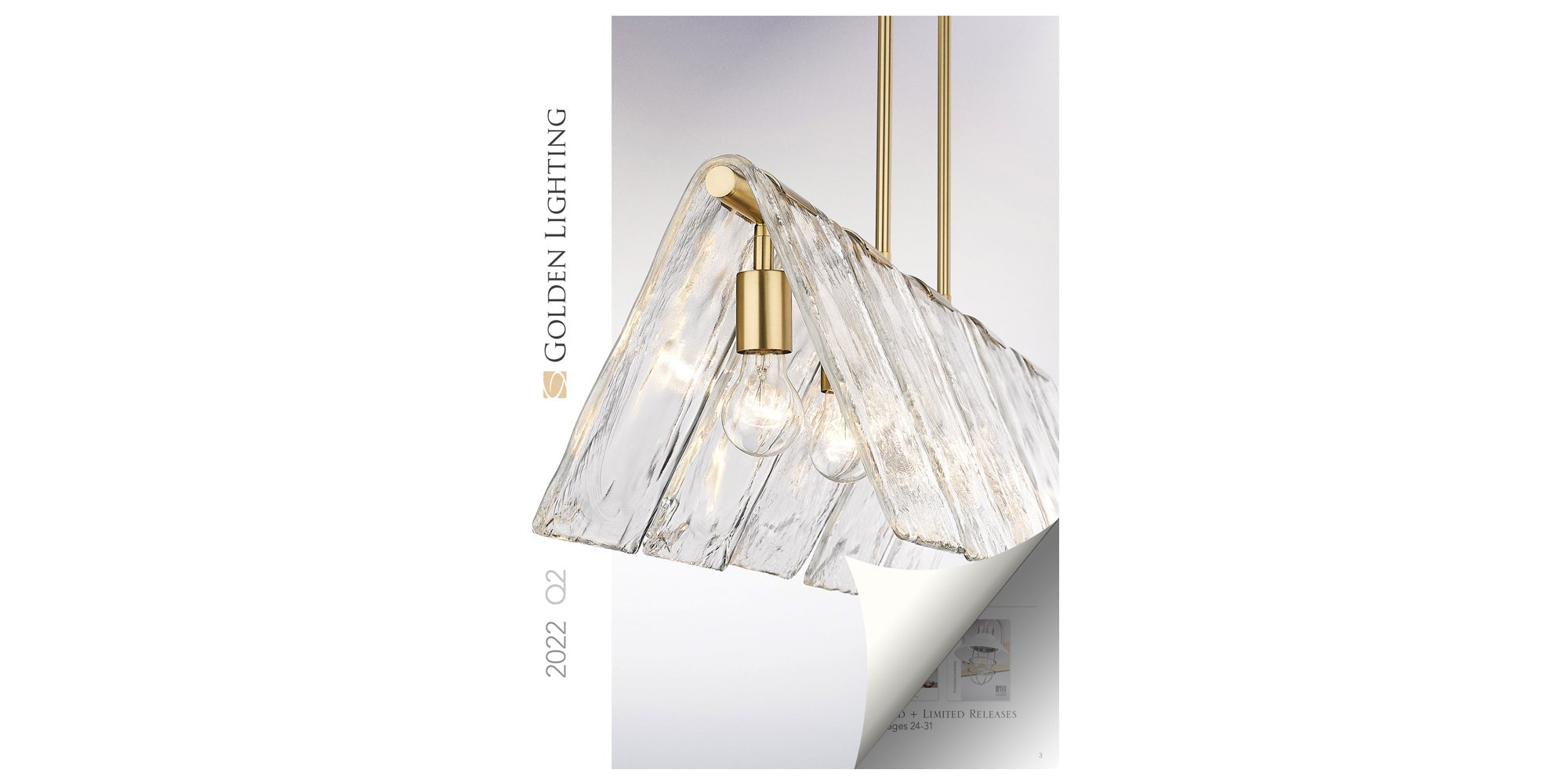


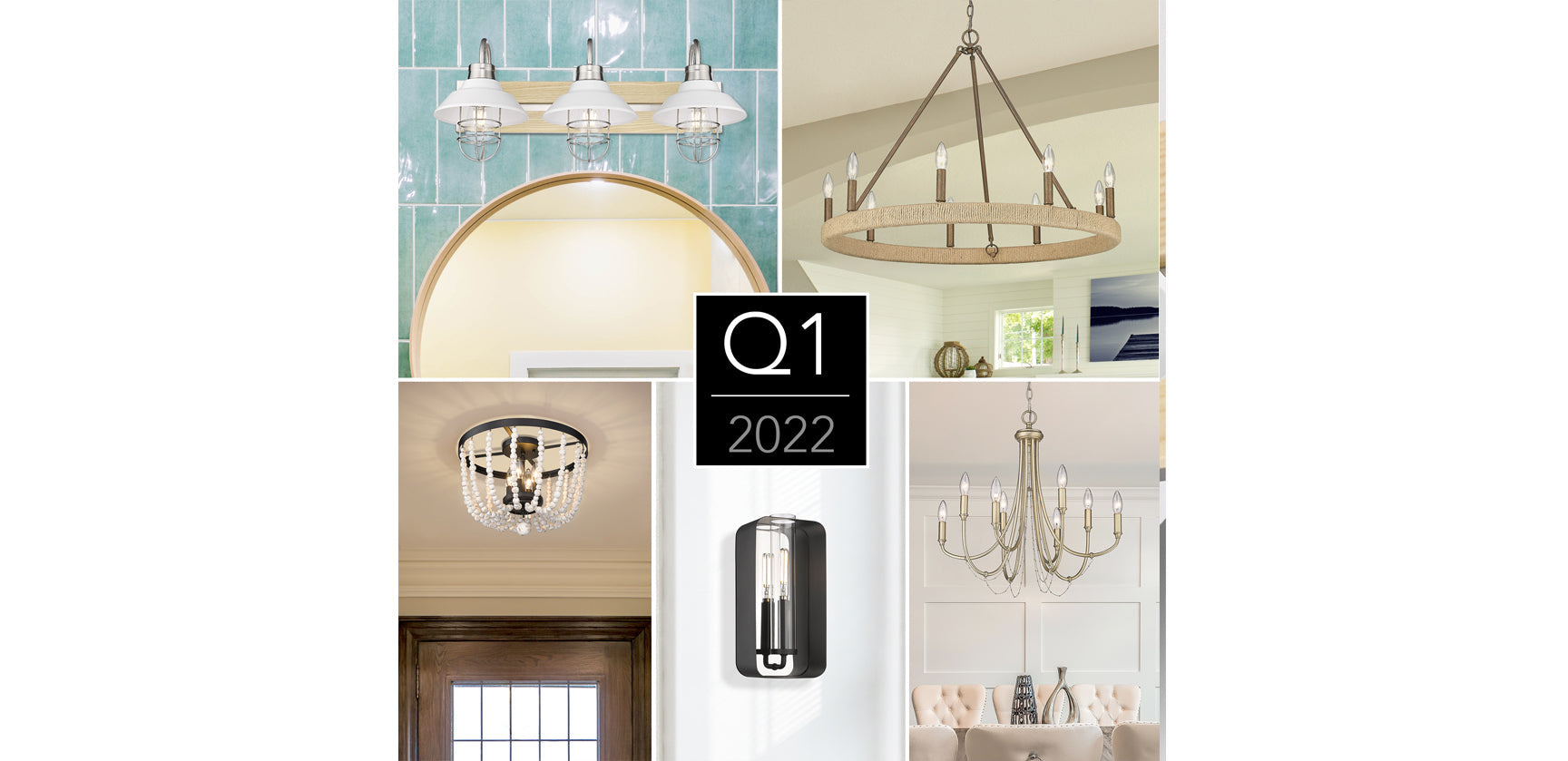
Share:
Find The Perfect Lighting For Low Ceilings
Find Lighting That Matches Your Home's Style